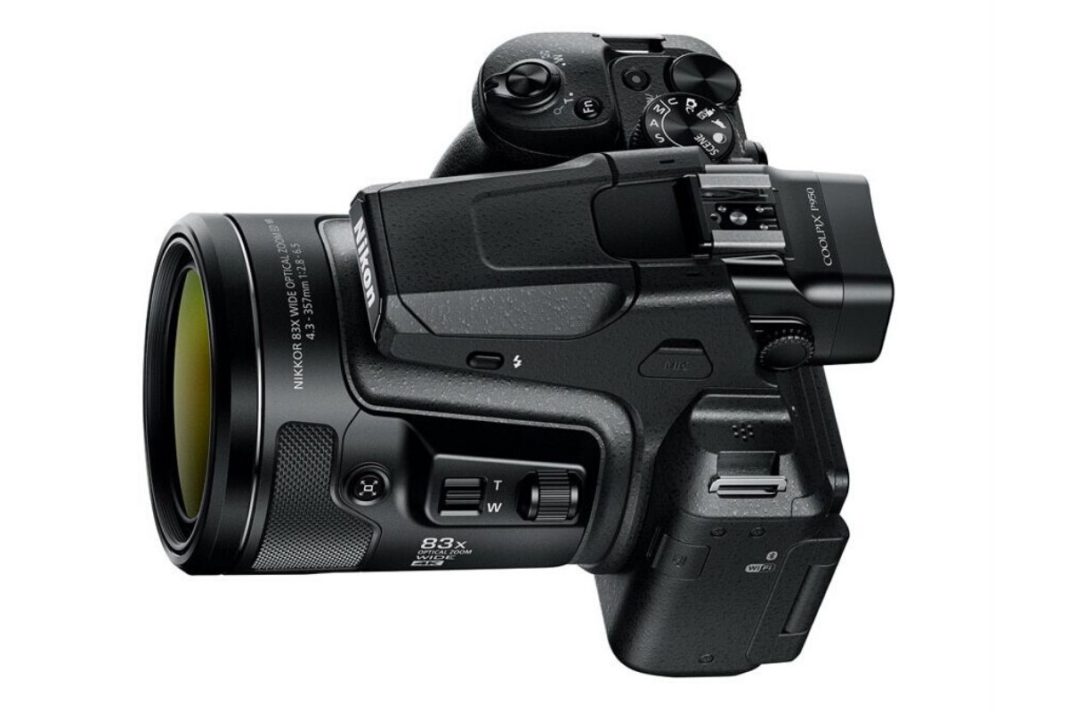
On the flip side, the D610’s biggest selling point is its sensor. The D610 has Nikon’s old 39-point focusing system (same as the entry-level D5600). Weight w/ battery and card: 850 g (30.0 oz).For anyone on a budget, a used D610 with a good lens is really hard to beat.

I often see it go for $700 or less at FredMiranda and eBay – an excellent deal for a 24-megapixel full frame camera. Used, however, the D610 is much more reasonable. There is no good reason why someone would buy the D610 rather than the D750 at the same price.

Right now, Nikon is pouring a ton of energy into its full-frame mirrorless lineup. Taken with the Nikon D800e, a discontinued Nikon FX camera with excellent image quality DSLR vs Mirrorless If you want to see a similar comparison of all current Nikon cameras, go to this page instead. Note that this article only compares Nikon’s full-frame digital cameras. The purpose of this article is to give an overview of all 21 full-frame Nikon cameras ever produced, especially the ones that are currently sold new. However, there are also ten discontinued FX digital cameras from Nikon (not counting variations like the D800E and D810A), bringing your total options to twenty-one if you know you want a Nikon full-frame camera.

The current Nikon lineup includes eleven current full-frame cameras – six DSLRs and five mirrorless. They are the company’s highest-end DSLR and mirrorless cameras. This is in comparison to the company’s smaller, 1.5× crop-sensor “DX” cameras, and extremely small 2.7× crop-sensor “CX” cameras.Ĭurrently, FX cameras have the largest sensors of any Nikon camera. Nikon labels its full-frame cameras as “FX” cameras. A full-frame sensor’s dimensions are roughly 24 × 36 mm in size. A full-frame camera is any camera with a sensor of similar size to 35mm film.


 0 kommentar(er)
0 kommentar(er)
